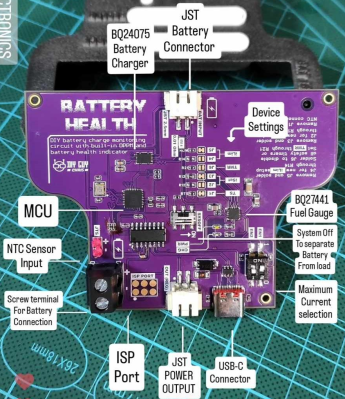
On 31 March of this year we had to bid farewell to Charlotte Elizabeth “Betty” Webb (née Vine-Stevens) at the age of 101. She was one of the cryptanalysts who worked at Bletchley Park during World War 2, as well as being one of the few women who worked at Bletchley Park in this role. At the time existing societal biases held that women were not interested in ‘intellectual work’, but as manpower was short due to wartime mobilization, more and more women found themselves working at places like Bletchley Park in a wide variety of roles, shattering these preconceived notions.
Betty Webb had originally signed up with the Auxiliary Territorial Service (ATS), with her reasoning per a 2012 interview being that she and a couple of like-minded students felt that they ought to be serving their country, ‘rather than just making sausage rolls’. After volunteering for the ATS, she found herself being interviewed at Bletchley Park in 1941. This interview resulted in a years-long career that saw her working on German and Japanese encrypted communications, all of which had to be kept secret from then 18-year old Betty’s parents.
Until secrecy was lifted, all her environment knew was that she was a ‘secretary’ at Bletchley Park. Instead, she was fighting on the frontlines of cryptanalysis, an act which got acknowledged by both the UK and French governments years later.
Continue reading “Remembering Betty Webb: Bletchley Park & Pentagon Code Breaker”














